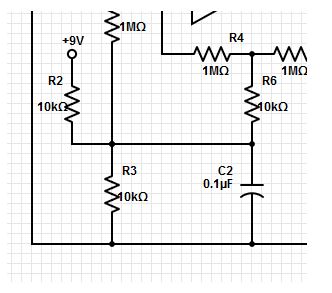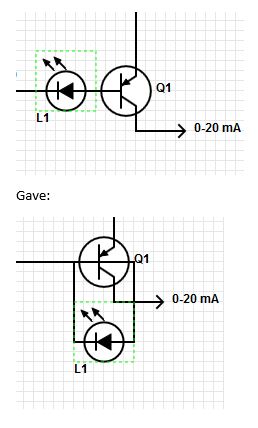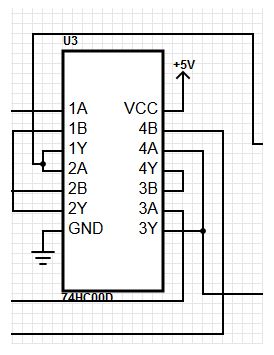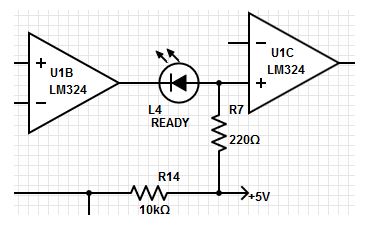
Schematics.com
Summary: Schematics.com offers a free schematic editor for those who wish to share their designs.
A new, free, website (www.schematics.com) offers an on-line schematic entry tool. There's not much new about that, except that designs on this new site are made freely available to the public. "Sharing" is the meme today, often to excess, and schematics.com offers that to those interested in electronics. As of this writing there are about 50 schematics that have been contributed.
The schematic editor is initially seeded with about 5000 components from NXP, though the press release suggests other partners will eventually be included.
Is the site is ready for prime-time? I loaded one of the site's sample circuits into the editor and the very first thing I tried was to move R3:

Or, moving L1:

Moving components gives pretty unpredictable results. Otherwise, the schematic editor worked well and was fast and intuitive though short on features. Though biased towards NXP components, for now, it does have a huge parts library. I'm sure the component-moving weirdness will be fixed. The tool produces a nice BOM. If you annotate it with Digi-Key part numbers the tool can order the parts for you. Pretty sweet.
I don't care for the logic symbols, which are all just boxes. Need some NAND gates? The symbol for a 74HC00 (quadruple two input NAND gates), here in a circuit, looks like:

That's pretty hard to follow.
The sharing is nice, and mirrors EDN's "Design Ideas," which is very popular and has been running for decades. However, I can't imagine using schematics.com for anything other than playing, or for publishing small circuits. Most of us work on proprietary designs and simply cannot share our work. Sometimes IP is controlled in the commercial industry with more zeal than the intelligence community uses in their secure compartmented information facilities. Even without IP issues, would you put your new pacemaker schematic in a public forum? Some eager lawyer may start looking for subtle flaws.
One must realize that the circuits contributed by the community may be brilliant bits of engineering. or not. The 450 MHz mobile phone jammer is an example. It's completely illegal here in the USA, though the part number of the transistor selected makes one think the circuit was designed overseas. No doubt it works, on a good day, with carefully-selected parts at room temperature. But it sure looks unstable in frequency to me. A breathalyzer sounded like fun, but the negative input to an LM324 is unconnected:

There's no way that circuit could function. With no vetting don't trust any of the designs without doing some analysis of your own.
What do you think? Would you use an on-line schematic editor? Or share your designs?
Published March 5, 2014

